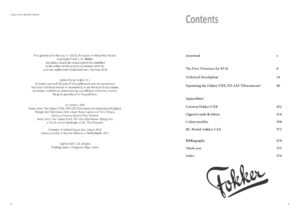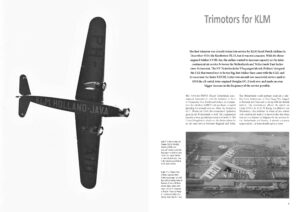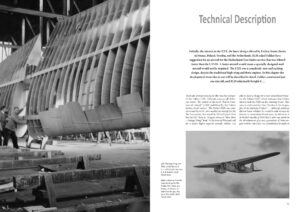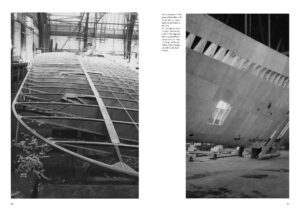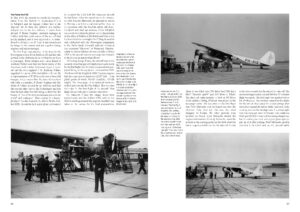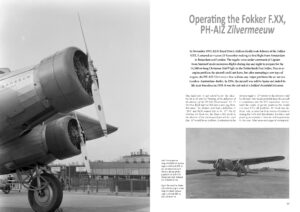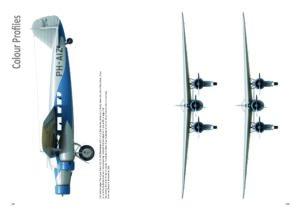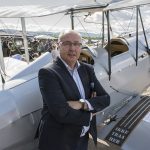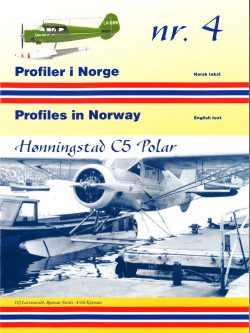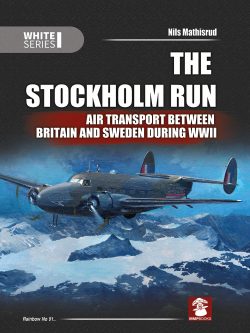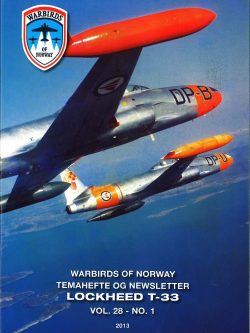‘The Few’ is a series of titles where the focus will be on airliners that were only built or operated in a few numbers or flew for a particular airline. This third volume is about the Fokker F.XX operated mainly by KLM Royal Dutch Airlines.
From 1920 until 1935, KLM and the NV Nederlandsche Vliegtuigenfabriek (of Anthony Fokker) were closely connected to each other. After the successful introduction of the Fokker F.III, the fleet was modernized in the mid-1920s with the single-engined Fokker F.VIIa. But after the Ford Reliability Race (in the USA, 1925), Fokker decided to modify the Fokker F.VIIa into a three-engined aircraft for better reliability. A genius idea that led to an explosion of sales of the aircraft, known as F.VIIa-3m and later F.VIIb-3m, to the KLM Royal Dutch Airlines, but also to many other countries in Europe and well beyond.
At the end of the 1920s, the KLM Royal Dutch Airlines wanted to increase the capacity of their aircraft and asked Anthony Fokker for a faster aircraft. With faster aircraft, KLM wanted to prove that it was not necessary to fly with a special-designed ‘mail’ aircraft to the Netherlands East Indies. First out was the F.IX, that was not accepted, but then came the F.XII and the F.XVIII, which both saw extensive service with KLM Royal Dutch Airlines. The models operated the service from the Netherlands to the Dutch colony Netherlands East Indies, which KLM had run since 1928. Internationally, these models were not as successful as the three-engined F.VII-series. At the beginning of the 1930s the French airline Air Union SA showed interest in a successor of its obsolete Fokker F.VIIb-3ms and turned to Fokker for a new model. Anthony Fokker and his designers started to work on the Fokker F.XX. Under pressure of the French press and Government the order was cancelled and instead the factory offered the aircraft to KLM Royal Dutch Airlines. Only one example was constructed, but it was a turning point in the construction of Fokker-aircraft. It was soon obvious that the aircraft did not meet the KLM-specification and could not be operated on the air service Amsterdam–Batavia in the Netherlands East Indies (now Jakarta, Indonesia). The Fokker F.XX was in the end also of no interest for KLM and only the prototype was taken-over. It just served on the European network, where it served its purpose. This book will tell the story of this one-off aircraft that flew with KLM Royal Dutch Airlines between 1933 and 1936. After that it went via France to Spain to serve with Líneas Aéreas Postales Españolas during the civil war.
Many of the illustrations in the book are rare and show details for modellers. It also includes colour cutaway and colour profiles of the different versions, such as the PH-AIZ Zilvermeeuw, the F-APEZ (Alfred Pilain/SFTA) and the EC-45-E (LAPE). Thijs Postma, Florent Sickenga and Ronnie Olsthoorn have provided colour painting for this book.
BOOK REVIEWS:
